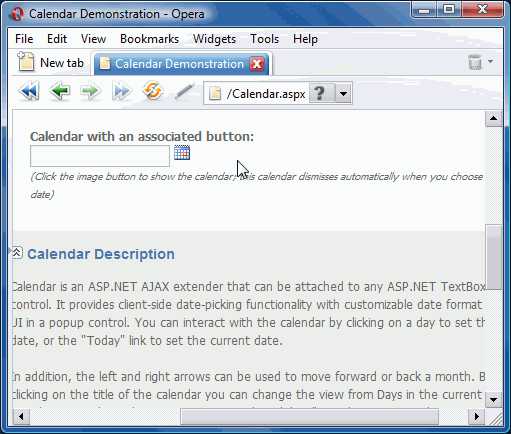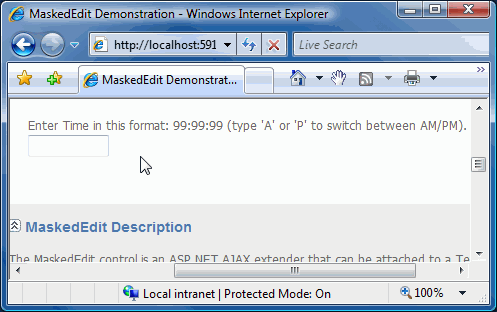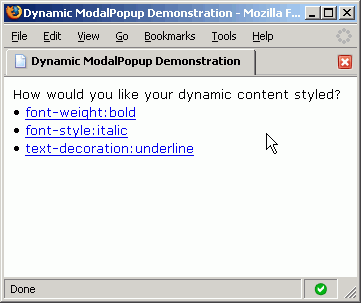Toolkit talk, take two [Spoke at the TechReady4 conference]
Earlier today I presented the DEV304: ASP.NET AJAX Control Toolkit Unleashed: Creating Rich Client-Side Controls and Components session at Microsoft's TechReady4 conference here in Seattle. TechReady is a Microsoft-only conference that non-Redmond-based employees attend to get an opportunity to meet with product team members (typically Redmond-based) and catch up on all the new technology each year. Most of the session content is Microsoft-only, but because the presentation I gave today had no private information, I'm posting the (sanitized) slide deck and demos here for everyone to use (note: the attachment is at the bottom of this post).
If you saw the content for my ASP.NET Connections talk a few months ago, the slide content for today's TechReady4 talk was very similar. The first demo was identical and the second (new) demo was just a quick overview of the sample web site that comes with the Toolkit. However, the third demo was completely new and demonstrated how to encapsulate existing script into a new Toolkit control. For demonstration purposes, I took a simple web page with a WPF/E (February CTP) control (the use of which requires two <script>/src tags and a <script>/code block) and showed how to wrap that all into a single "one-liner" Toolkit component which can be more easily used/maintained/added to a page. Those of you who are paying close attention will realize that I took my inspiration from a similar effort by my manager, Shawn Burke - though I wrote all my demo code from scratch so I'd be more familiar with it. :) The final result is a pretty handy way of handling WPF/E controls and folks are welcome to use it however they want!
I hope those of you who attended today enjoyed the talk and learned more about the Toolkit - it was great to have an opportunity to meet with you!
PS - We're always looking for more contributors and additional control ideas, so please let me know if you want to contribute!


